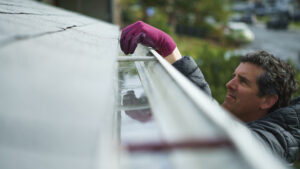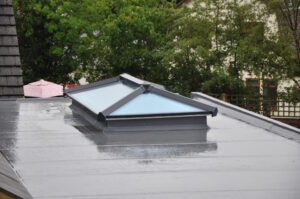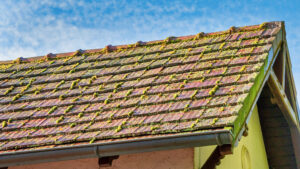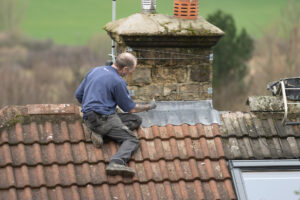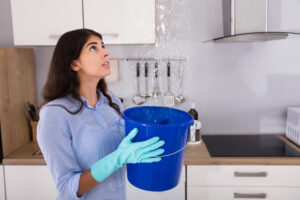A rotting roof can cause serious structural problems. Roof rot can compromise the structural strength of your building and, hence, the safety of your family. Rotten roof boards may also increase the risk of mould growth, water damage, and rodent infestation in addition to structural issues. For your roof to last a long time and perform well, it needs to receive proper maintenance and care. However, roof deterioration is unavoidable; eventually, even the best-maintained roofs lose their structural integrity. So, it is significant that we identify the signs of roof rot and have it professionally maintained. But how are there ways to understand whether the roof is rotting – if Yes, then How?
What Causes the Roof to Rot?
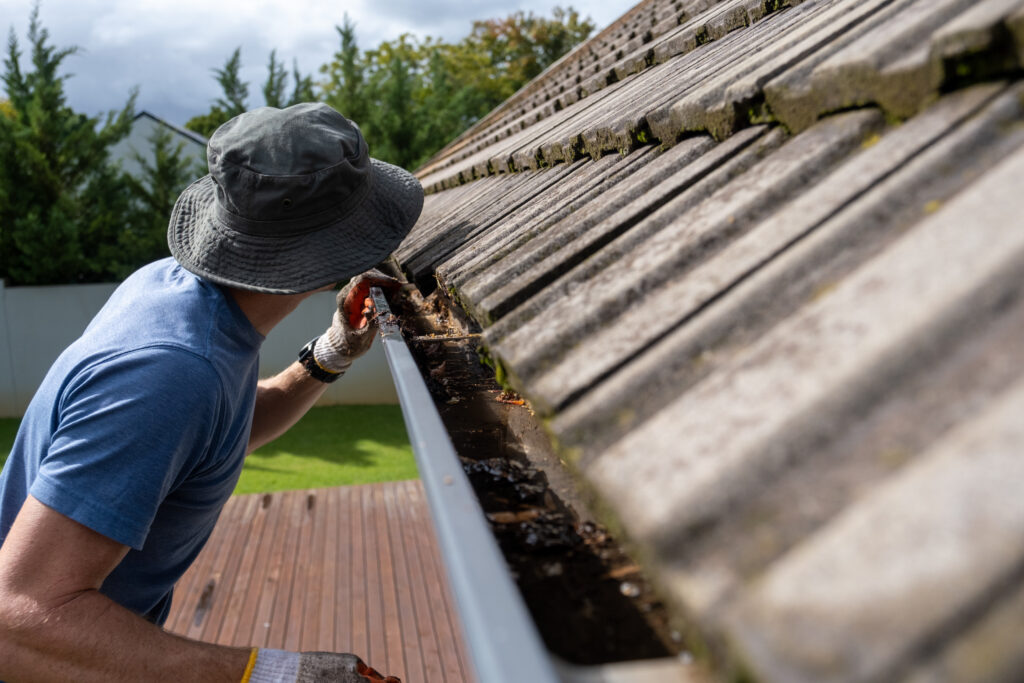
Moisture is the main reason for the roof to rot. Once it enters the building, it begins to damage everything. If the space under your roof is not properly ventilated or insulated, then humidity begins to build up, which is bad for the wooden parts of your roof.
Roof leaks, roof gaps in pointing and bedding, and damaged flashing allow water to seep into the roof, which causes fungi and mould to develop that rot the roof’s wood.
You must check your roof frequently and maintain clear, functional gutters and downpipes to avoid this.
Signs of Roof Damages
Here are some signs to look for on your roof. Once you spot anything as mentioned below, you must call for professional help like WABO Roofing.
Sagging
Signs of sagging are often seen towards the inside and the outside of the roof. Sagging is not a good indication, and you must get in touch with WABO Roofing immediately. Sagging of the roof mostly indicates that your roof is about to collapse or crash. While it can be repaired most often, the roof may require replacement, too.
Corrosion
One of the initial signs of roof rot is corrosion. It is important that you look for these indications around the gutter or metallic parts of the roof. Corrosion is an indication that water has accumulated on your roof. When you notice corroded fasteners and fittings, it is critical to take immediate action and contact us. This will help you prevent the issue from getting worse.
Mould
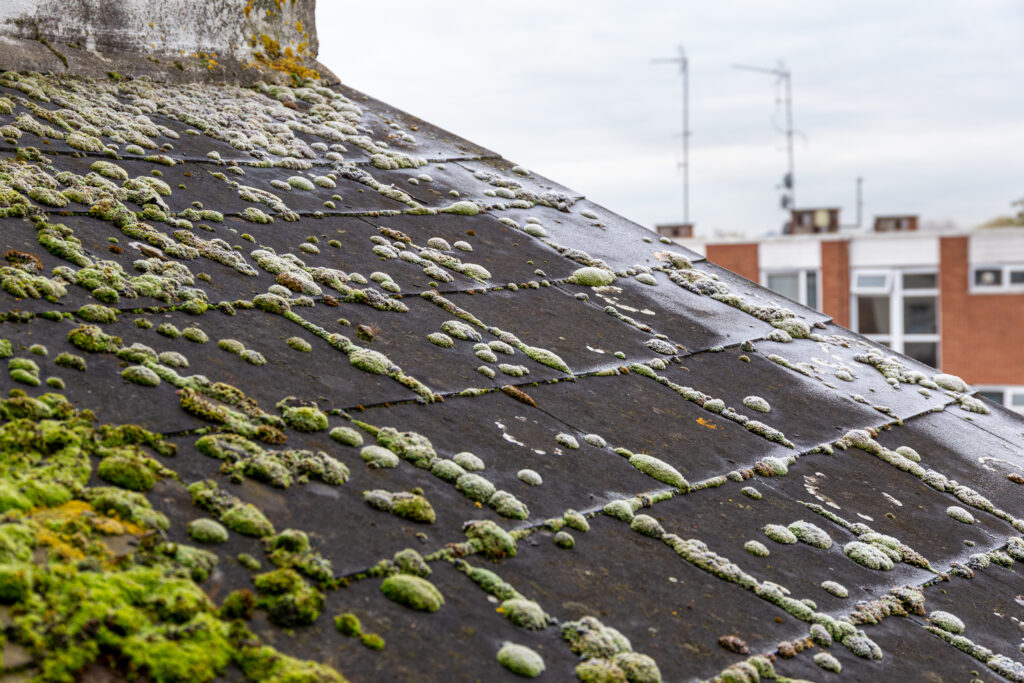
Roof mould generally develops in areas where there is a roof leak, or it is exposed to moisture. You should not ignore roof damage or a water leak if you notice mould, moisture, or rot in your ceiling. It is important to note that mould and rot thrive in moist, humid environments, which are typically caused by roof leaks.
Dark Patches/Spots
Dark patches or spots on your interior walls and ceilings are a sign that your roof is leaking. It is important to remember that the leak may not drip directly downward, which can occasionally make it challenging to spot the exact location of the leak. It is normally seen that leaks are far from dark spots and are located on the ceiling and interior walls.
Ageing
Your roof is bound to deteriorate over time. However, this doesn’t happen soon – it takes several years for a roof to deteriorate. Your roof should typically last 15 to 20 years before experiencing age-related issues. It is recommended to get a completely new roof after 20 years. But if you find your roof deteriorating sooner than you expected – say after 10 to 15 years- then you need to get it restored professionally so it lasts you a few more years.
Crumbling or Cracked tiles
Water can easily seep into your roof through cracked or crumbling tiles and rot the wood or timber supporting the roof. This could worsen the situation and cost you a lot of money to repair or replace the roof. The thing to do is to get in touch with a professional as soon as you notice signs of tile crumbling or cracking.
Deteriorated Shingles
Deteriorating shingles are a warning sign to watch out for and give you more time to spot deteriorated shingles. Remember, a few deteriorating shingles don’t mean your entire roof is bad. To ensure that you don’t overlook this kind of damage, inspect your roof every season. Blistering, chipping, cracking, curling, splitting, and peeling are warning signs to watch out for. If you notice any of these signs, you must replace any damaged or defective shingles.
Debris in Gutters
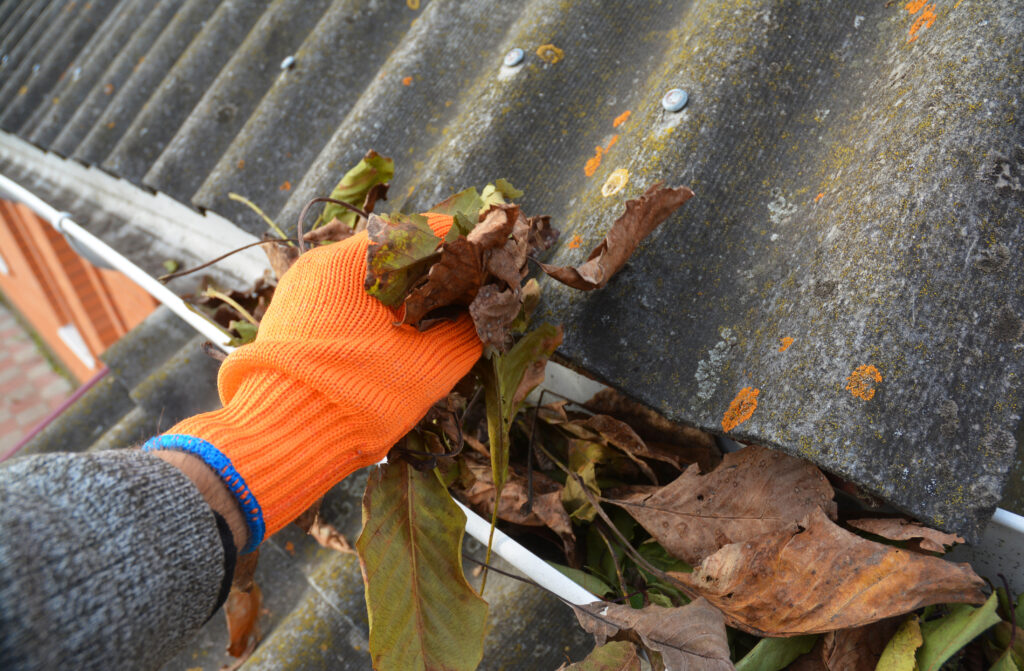
The first line of defence for your roof is the sand-like material on your asphalt shingles. If you see them in your gutter, it means your roof is getting old. Constant exposure to water and other atmospheric changes causes this protective feature on your roof to deteriorate over time. If the shingles lack these granules, your roof gets defenceless against environmental factors.
Sunken Roof Deck
Another indicator of a rotting roof is the presence of a sunken or uneven roof deck. If you see any indications such as this, then you must have your roof inspected by a professional. When you are in the attic, watch for any areas of the roof decks that appear to be bowing. This problem could result in a pool of water on your roof and worsen the situation. In extreme cases, it might even cause the roof to collapse. Regular inspection makes it simple to find smaller indications of this damage before it gets serious.
Damaged flashing
Flashings add to the roof’s protection and help keep water away from areas where run-off is at an extremely high speed. The deterioration of the sealant and unfavourable weather conditions can harm flashings and cause them to become loose. This may result in water leaking into your walls and ceiling.
Call Your Friendly Roof Repairing Professionals
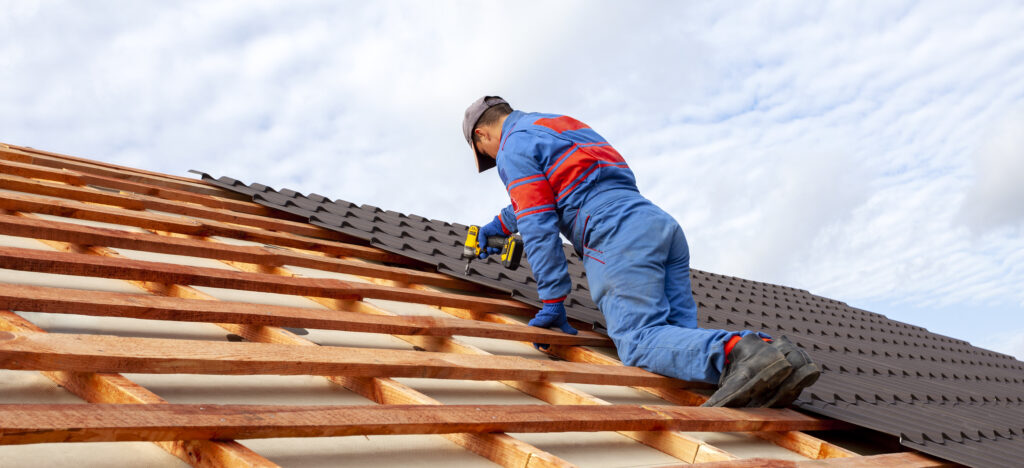
WABO Roofing has an expert team that examines your roof for wood rot and resolves any issues. We are qualified and skilled in detecting issues with moisture, fungi, and rot. With our knowledge, we conduct thorough inspections, provide solutions to reduce the issue, and complete the required repairs to guarantee that your roof remains in excellent condition and safeguards your home from potential damage.

